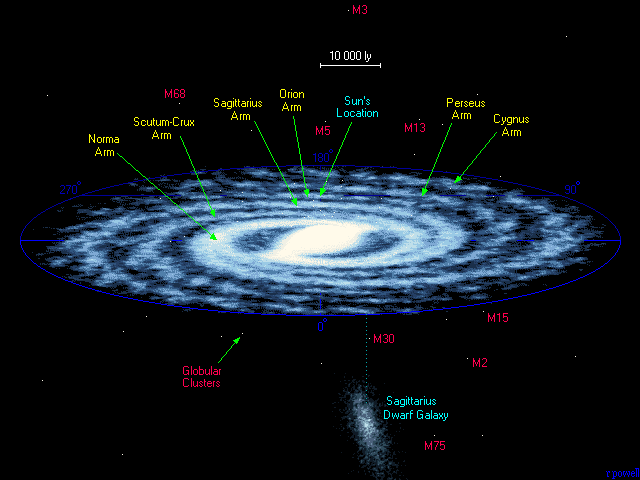http://s.newsweek.com/sites/www.newsweek.com/files/styles/full/public/2017/04/13/black-hole.jpg[\img]
models showing what happens to matter just before it is sucked into a black hole may need to be revised after laboratory experiments using the world’s most powerful X-ray machine contradicted one of our best theories.
Black holes are regions of space where the gravitational field is so intense nothing—including light and radiation—can escape. This makes studying them extremely difficult.
However, just before matter is consumed by a black hole, it becomes an “accretion disk”—a structure formed from material orbiting the black hole as it spirals inwards. The disk radiates in the X-ray spectrum and, at present, examining this is one of the best ways for scientists to study black holes.
“There's lots of information in spectra. They can have many shapes," said Tim Kallman, an astrophysicist with NASA. “[Black holes have] bumps and wiggles in different parts of the spectra. If you can interpret those bumps and wiggles, you know how much gas, how hot, how ionized and to what extent, and how many different elements are present in the accretion disk."
A popular theory about material in the accretion disk is called the Resonant Auger Destruction assumption. It explains the absence of photons coming from the accretion disk—under the immense gravity and radiation of a black hole, energized iron electrons do not drop back down to lower energy states by emitting light in the form of photons.
Over the last five years, a team of scientists has been testing the Auger destruction theory using the Z machine at the Sandia National Laboratories, California. The machine allowed them—for the first time—to re-create the X-ray energies that surround black holes and apply them to material, meaning they can better interpret what they see in X-ray spectra collected from black holes.
Kallman explained: "The Sandia experiment is exciting because it's the closest anyone has ever come to creating an environment that's a re-creation of what's going on near a black hole."
black hole An artist impression of a black hole. NASA/JPL-Caltech
In the study, the team applied the X-ray energies seen around black holes to small pieces of silicon. This element is abundant in the universe and known to experience the Auger effect, so if the theory is right, it would have been observed in the experiment. But this was not the case.
"If Resonant Auger Destruction is a factor, it should have happened in our experiment because we had the same conditions, the same column density, the same temperature," Sardina’s Guillaume Loisel, who led the study, said. "Our results show that if the photons aren't there, the ions must be not there either."
He said there are many explanations that will need to be explored before the Auger effect is dismissed entirely, adding that new models are currently being developed to understand accretion disks: “Our research suggests it will be necessary to rework many scientific papers published over the last 20 years. Our results challenge models used to infer how fast black holes swallow matter from their companion star. We are optimistic that astrophysicists will implement whatever changes are found to be needed."
video here
Upload photo
Would you look at a profile that doesn't have photos?
Probably not! Upload a photo for others to be interested.
- Higher position in search results!
- Users with pictures get 10 times more responses in their messages
- Most people only contact those with pictures
Jenny
Lina
Anna
Jessica
Dony








